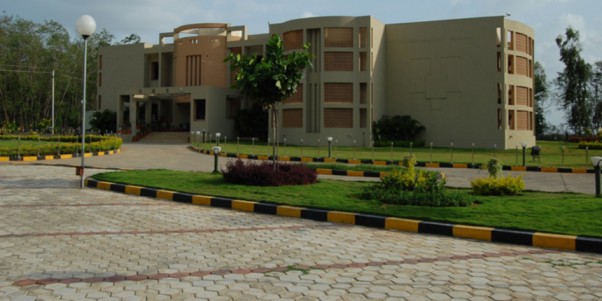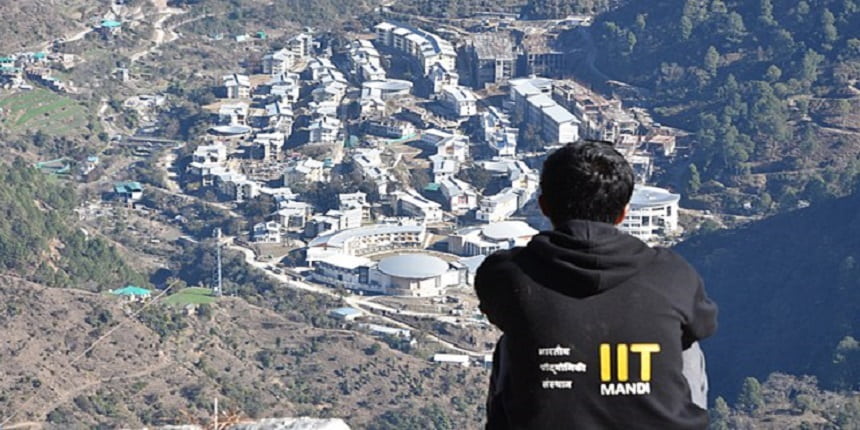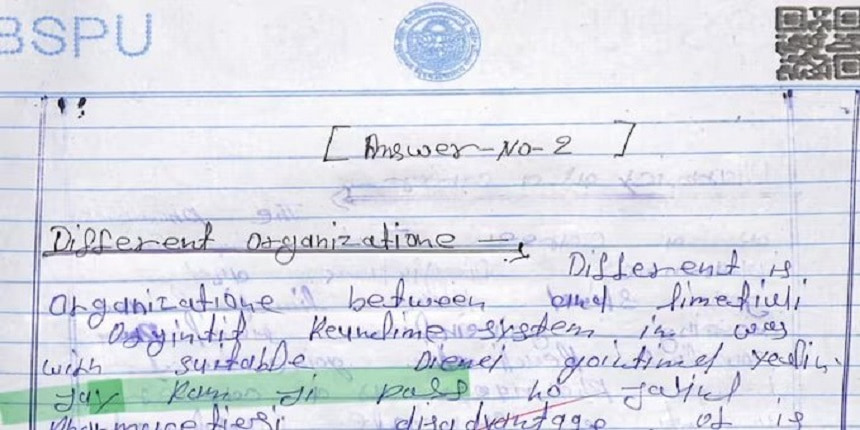University of Hyderabad professors granted two patents
A team of UoH School of physics has developed a method for preparing dielectric resonators of arbitrary shapes.
 The research team was led by KC James Raju and V Seshubai of School of Physics, UoH. (Image: Official)
The research team was led by KC James Raju and V Seshubai of School of Physics, UoH. (Image: Official)Divyansh | February 5, 2024 | 07:07 PM IST
NEW DELHI: A research team led by University of Hyderabad professors KC James Raju and V Seshubai have been granted a patent for their invention “A method for preparing dielectric resonators of arbitrary shapes”. The team also included UoH School of Pysics students T Anil and Swarup Raju.
The technique developed by the team will realise 3D microwave radiating structures with low loss dielectrics without the constraint of geometry. Radiation patterns are governed by the laws of physics and present-day communication requirements demand all sorts of radiation patterns, the university said. Three-dimensional solid structures with appropriate dielectric materials can meet that requirement provided there is a means to shape such materials into some desired geometries which are often complex, it added.
This technique allows high temperature ceramics to be shaped into any 3D geometric structures through a gel casting route. They help in realising miniaturised antennas suitable for emerging communication applications.
Laser method for crystallisation
Another patent has been granted to KC James Raju and his team at CASEST, School of Physics for the invention ‘Laser-based method to crystalise ferroelectric thin film at 300ºC temperatures for tunable microwave devices”. This is a laser-based process by which they could reduce the crystallisation temperature of some functional thin film materials meant for microwave device applications from 700 to 300C, the university said.
The method makes the process compatible with a variety of hitherto forbidden situations, which are very important for realising important microwave devices for next generation communication technologies which require tunable microwave devices for electronically reconfiguring communication networks. Some of these devices work by exploiting some unique material properties exhibited by select materials only in their crystalline and thin film form.
If temperature is high, the functional material cannot be integrated with substrates. Here a laser-based process helped by non-thermal route to achieve crystallisation.
Follow us for the latest education news on colleges and universities, admission, courses, exams, research, education policies, study abroad and more..
To get in touch, write to us at news@careers360.com.




